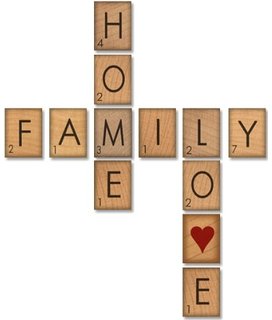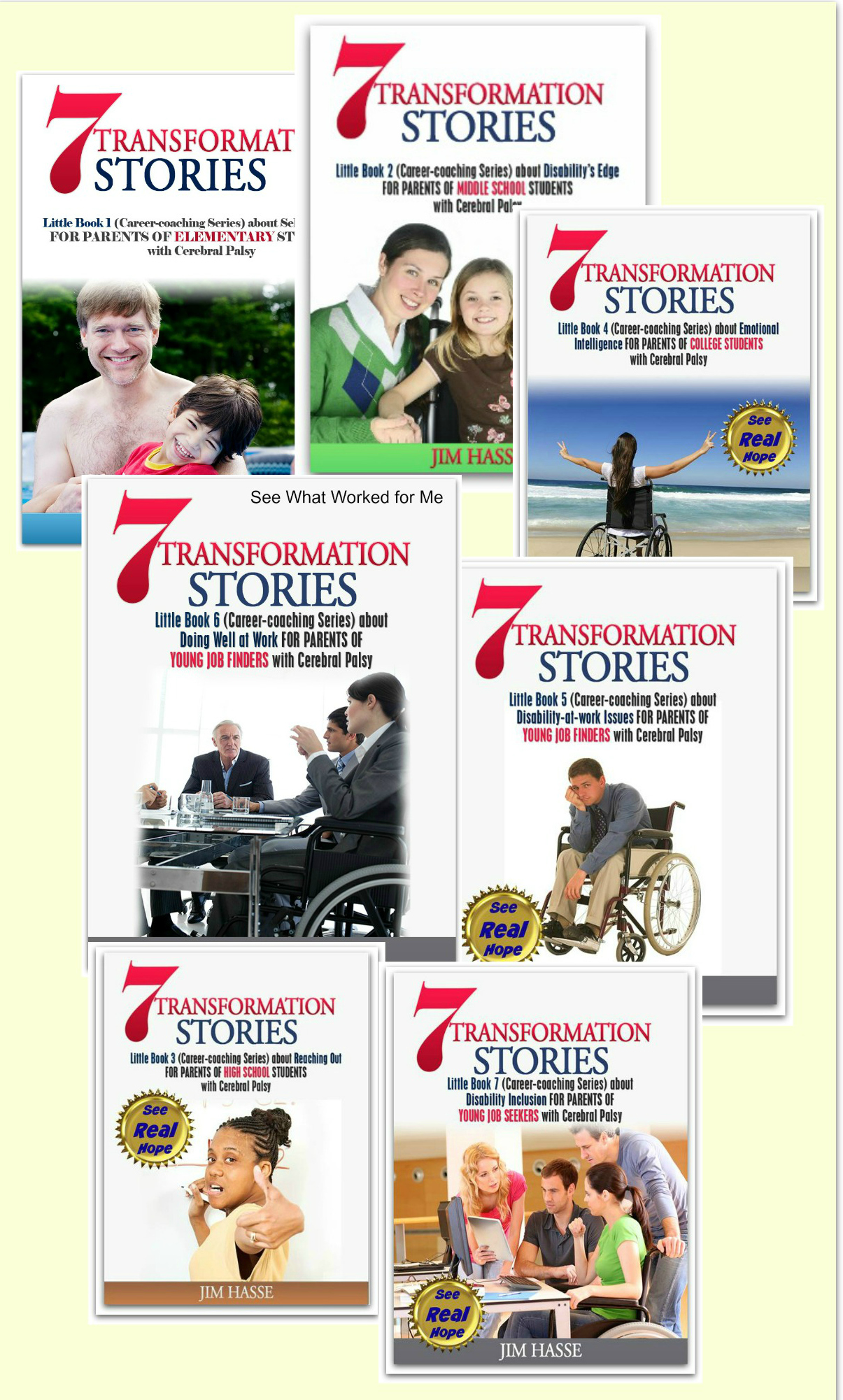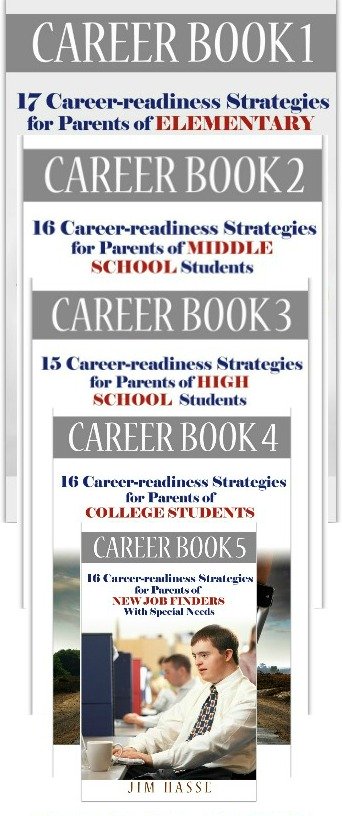Virtual Learning:
Cerebral Palsy
Career Builder for Elementary Students
By Jim Hasse, ABC, GCDF, Disability Employment Expert
_________________________________________________________
Tapping current virtual learning opportunities now while your youngster with cerebral palsy (CP) is still in elementary school may eventually give him or her a “leg up” in tomorrow’s job market.
In 1994, when I was 51, I bought my first home computer when I decided to quit my corporate job and start my own business.
I had worked on a “dumb” computer terminal at work for 10 years before that, and I had to take crash courses about how to use Windows, correspond by e-mail and “surf” the Web as a “virtual entrepreneur.”
Virtual learning, though, was only a vague concept to me two decades ago. I had not heard of “instant messaging.” But I was intrigued by Mosaic, the forerunner of Netscape.
Fast forward to 2004. With the help of many people throughout the world, I had been developing web site content for seven years. One of my clients eventually became my full-time employer, even though it was located in Manhattan, New York City, 1,000 miles from my small home town in Wisconsin.
As a telecommuter between
1999 and 2009, I worked as a member (and full-time employee) of a small but
dedicated “virtual team” of eSight freelancers, contractors and full-time
employees scattered throughout six states and two provinces of Canada. We used
e-mail, instant messaging, and telephone to communicate with each other.
Essentially, we were all involved in virtual learning –
finding what worked and didn’t work as a virtual team in build eSight Careers
Network, a cross-disability community for exploring disability employment
issues.
It’s a leap many people have taken during the last two decades as our world entered the cyberspace age and virtual learning became possible.
Today's learning
But there’s a lesson I’ve learned by going through this experience -- just one slice of my career. Formal education can’t be expected to prepare you for a job; it can only show your youngster how to absorb knowledge and learn the skills he or she will need once in the job market.
Because of my experience with virtual learning, I’ve done a complete 180-degree turn about the role of education in my life.
In 1965, I believed the key role of higher education was to prepare me for a job (a concept many liberal arts campuses didn’t aspire to back then).
Today, I believe the key role of higher education is to show us how to learn throughout our careers (a concept many on campus have forgotten in the current push to prepare students for the work world).
We may have forgotten that the knowledge we learn in the
classroom today may be outdated or not relevant for us tomorrow. That is
certainly true for the elementary student you’re currently mentoring.
Preparing for tomorrow's
learning
So, how do you help your youngster prepare for such opportunities?
Samuel Beckett wrote these 12 words that I believe are worth remembering:
“Ever tried? Ever failed? No matter. Try Again. Fail again. Fail better.”
Could it be that formal education will give your youngster a greater capacity to “fail better” at what he or she learns while working in tomorrow’s business world?
We can only imagine what working will be like when your elementary youngster enters the job market 15 years from now. There will certainly new occupations and new job titles with yet-known qualifications.
So, I believe a wise use of your time right now in mentoring your elementary student is to focus on developing, over time, his or ability to use today’s virtual learning opportunities for:
- Niche Networking – developing contacts worldwide within your youngster’s age group who have similar interests, traits, goals, dreams etc.
- Global skill building – developing basic interpersonal communication and teamwork skills which cross national boundaries and cultures.
- Experiential learning – developing the ability to apply personal attributes in learning new skills through trial and error (by simply doing an interesting project, for instance, in which success or failure is not a primary concern).

A virtual game
Here’s a game that you may want to
reconfigure to fit the current ability and needs of your elementary school
youngster.
- Begin a virtual
team-building session with simulated face-to-face interaction via webcam
on a laptop, iPad etc., involving yourself and your youngster or one of
your youngster’s friends or schoolmates.
- Select an age-appropriate
game, such as Scrabble,
for the two to play, either as a one-session event or an on-going competition
in which each player is virtually notified that “it’s your turn.”
Take time to chat with your youngster what he or she likes or dislikes about interacting with another person online. What is good about it? What are the barriers compared to face-to-face interaction over a simple game?
You’ll both be establishing a foundation for wisely choosing more advanced virtual learning opportunities as your youngster progresses toward building a career.
Return from Virtual Learning to Job Titles
Go to Cerebral Palsy Career Builders
This is Creative Commons content. You can freely and legally use, share and repurpose it for non-commercial purposes only, provided you attach this sentence and the following attribution to it (including the two links):
Originally written and illustrated by Jim Hasse, ABC, GCDF, owner of Hasse Communication Counseling, LLC, who, as a person with cerebral palsy, served for 10 years as a vice president in a Fortune 500 company during his 29-year career in corporate communication. He’s an Accredited Business Communicator, certified as a Global Career Development Facilitator and author of 14 Amazon books about disability awareness and disability employment issues.





